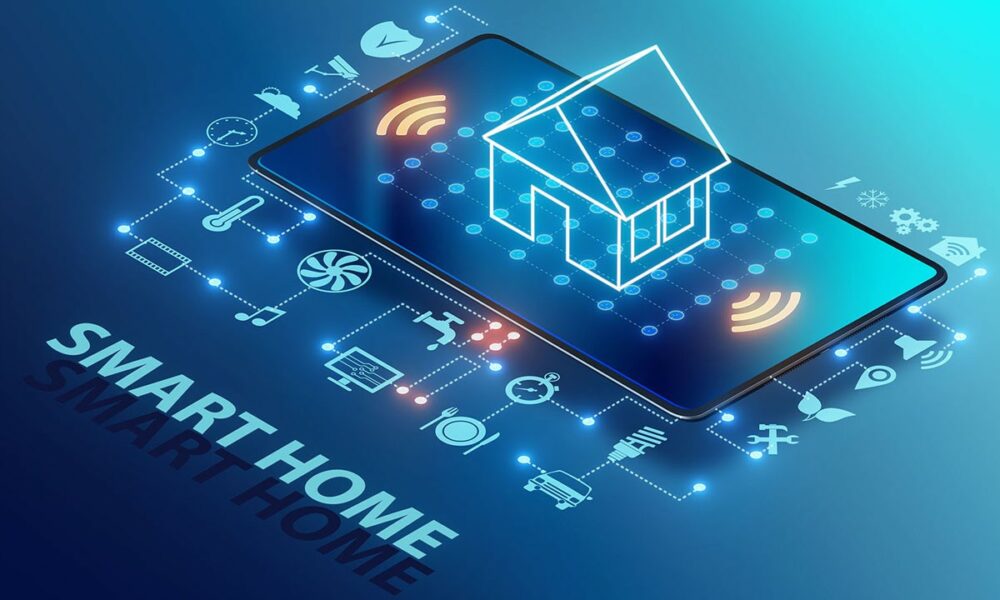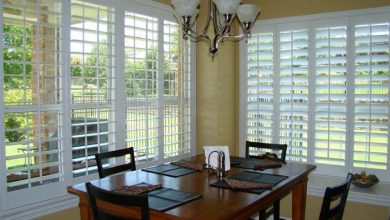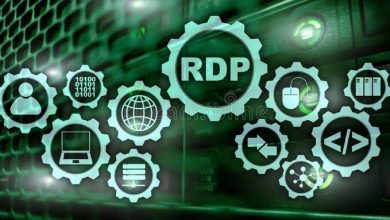Unveiling the Future: Smart Home Automation and the IoT Evolution

The way we interact with our homes is evolving at a rapid pace, thanks to the integration of smart home automation and the Internet of Things (IoT). These technologies are revolutionizing the concept of home management, offering unprecedented convenience, efficiency, and control to homeowners. From thermostats and lighting to security systems and appliances, smart devices are transforming ordinary houses into intelligent, interconnected environments that adapt to our needs and preferences. In this comprehensive guide, we’ll explore the myriad benefits and possibilities of smart home automation and IoT integration, including real-life case studies and practical insights.
Smart Home Automation: A Game-Changer in Home Management
Smart home automation refers to the use of connected devices and systems to control various aspects of a home remotely or automatically. These devices, equipped with sensors, actuators, and connectivity features, can be controlled via smartphones, tablets, voice commands, or automated routines. From adjusting the temperature to dimming the lights, smart home automation empowers homeowners to personalize their living spaces and streamline daily tasks with ease.
The IoT Revolution: Interconnecting Devices for Seamless Integration
The Internet of Things (IoT) is the backbone of smart home automation, enabling devices to communicate, collaborate, and exchange data over the internet. By connecting sensors, actuators, and other devices to a central hub or network, IoT technology facilitates seamless integration and coordination between different systems and devices. This interconnected ecosystem allows for intelligent decision-making, real-time monitoring, and personalized experiences tailored to individual preferences.
Case Study: Smart Blinds and Energy Efficiency
One of the most compelling applications of smart home automation is the integration of smart blinds, which offer numerous benefits in terms of energy efficiency, comfort, and convenience. Imagine waking up to the gentle glow of sunlight streaming through your windows, perfectly timed to greet the start of your day. With smart blinds, you can program personalized routines that automatically adjust the blinds based on factors such as time of day, sunlight intensity, and room temperature.
By leveraging smart timers and temperature sensors, smart blinds can optimize natural light and ventilation throughout the day, reducing the need for artificial lighting and HVAC usage. For example, during hot summer days, smart blinds can automatically close during peak sunlight hours to block out heat and glare, helping to maintain a comfortable indoor temperature and reduce cooling costs. Conversely, during colder months, smart blinds can open during sunny periods to harness solar heat and minimize heating requirements.
In addition to energy savings, smart blinds offer enhanced comfort and privacy by allowing homeowners to customize their preferences and schedules. Whether you’re working from home, relaxing in the living room, or entertaining guests, you can effortlessly adjust the blinds to create the perfect ambiance for any occasion. Moreover, smart blinds can be integrated with other smart home devices, such as lighting and thermostats, to create coordinated automation routines that enhance overall efficiency and convenience.
Real-Life Example: The Smith Family’s Smart Home Transformation
To illustrate the transformative impact of smart home automation, let’s consider the case of the Smith family, who recently upgraded their home with a comprehensive smart home system. Dissatisfied with their outdated and inefficient home setup, the Smiths decided to invest in smart technology to improve comfort, convenience, and energy efficiency.
One of the key components of their smart home upgrade was the installation of smart blinds throughout the house. Equipped with motorized controls, light sensors, and programmable timers, these smart blinds allowed the Smiths to effortlessly manage natural light and privacy while reducing energy consumption. By integrating the blinds with their existing smart thermostat and lighting systems, the Smiths were able to create customized automation routines that optimized comfort and efficiency throughout the day.
During the summer months, the smart blinds automatically closed during the hottest part of the day to block out excess heat and sunlight, keeping the interior cool and comfortable without relying heavily on air conditioning. In the winter, the blinds opened during sunny periods to allow natural light and warmth to penetrate the home, reducing the need for artificial heating. As a result, the Smiths experienced significant energy savings and a noticeable improvement in their overall comfort and well-being.
More things to consider for your smart home
– Voice-controlled assistants like Amazon Alexa or Google Assistant for hands-free control of smart devices.
– Smart locks with keyless entry, remote access, and customizable access codes for enhanced security.
– Indoor air quality monitors to track pollutants and allergens and ensure a healthy living environment.
– Leak detection sensors that alert homeowners to water leaks or floods, preventing costly damage.
– Automatic pet feeders that dispense food on a schedule or remotely via smartphone app.
– Smart mirrors with built-in displays for weather updates, news headlines, and personalized information.
– Remote monitoring and control of home appliances such as coffee makers, ovens, and washing machines.
– Integration of smart home systems with renewable energy sources like solar panels or wind turbines.
– Water conservation features such as smart irrigation systems that adjust watering schedules based on weather conditions.
– Integration of smart home technology with home security systems, including video doorbells and motion sensors.
– Automated routines or “scenes” that activate multiple devices simultaneously with a single command or trigger.
– Personalized recommendations and insights based on data collected from smart home devices.
– Integration of wearable devices such as fitness trackers or smartwatches with smart home systems for health monitoring and activity tracking.
– Smart furniture with built-in charging ports, adjustable settings, or other intelligent features.
– Integration of virtual reality (VR) or augmented reality (AR) technology for immersive home design and visualization.
– Home automation for accessibility, including features like voice-controlled lighting and adjustable-height countertops.
– Integration of smart home technology with home entertainment systems, including voice-controlled TVs and sound systems.
– Advanced security features such as facial recognition or biometric access control for enhanced authentication.
– Integration of smart home technology with home automation platforms like Apple HomeKit, Samsung SmartThings, or Amazon Alexa for seamless interoperability.
– Smart gardening solutions such as soil moisture sensors, automated watering systems, and plant health monitors for optimal plant care.
These additional points highlight the diverse range of possibilities and applications of smart home automation and IoT technology, demonstrating the endless potential for creating smarter, more connected living spaces.
In conclusion, the landscape of home management is undergoing a profound transformation, driven by the convergence of smart home automation and the Internet of Things (IoT). As we’ve explored throughout this guide, these technologies offer unparalleled convenience, efficiency, and control, revolutionizing the way we interact with our living spaces. From thermostats and lighting to security systems and appliances, smart devices are empowering homeowners to personalize their environments, streamline daily tasks, and optimize energy usage with ease.
The case study of the Smith family exemplifies the tangible benefits of embracing smart home automation and IoT integration. By upgrading their home with smart blinds and other connected devices, the Smiths were able to enhance comfort, convenience, and energy efficiency while enjoying significant cost savings and improved quality of life. Their experience underscores the transformative potential of smart home technology to enhance the way we live, work, and interact with our surroundings.
As we look to the future, the possibilities for smart home automation and IoT integration are virtually limitless. From advancements in artificial intelligence and machine learning to the proliferation of connected devices and ecosystems, the smart home of tomorrow promises even greater levels of customization, intelligence, and connectivity. Whether it’s automating routine tasks, monitoring home security, or optimizing energy usage, smart home technology will continue to play a central role in shaping the way we experience and interact with our living spaces.
As homeowners, builders, and innovators alike continue to embrace smart home automation and IoT technology, it’s essential to prioritize interoperability, security, and user experience. By selecting compatible devices, implementing robust security measures, and prioritizing user-friendly interfaces, we can ensure that smart homes remain accessible, reliable, and secure for users of all backgrounds and abilities.
In closing, the journey towards a smarter, more connected home is one filled with promise, potential, and endless possibilities. By embracing the future of smart home automation and IoT integration, we can unlock new levels of comfort, efficiency, and convenience while creating living spaces that adapt to our needs and preferences seamlessly. Here’s to a future where every home is a smart home, and every homeowner enjoys the benefits of a more connected and intelligent living environment.





